If you’ve been meaning to try waterfowling and you’ve done your preliminary YouTube research on hunting ducks and geese, you can be forgiven for thinking the endeavor requires a trailer of gear, a hiding place for 12 or 13 of your closest friends, and at least one retriever in a neoprene vest. And calling. So much calling.
Waterfowling can be that way, but it’s not the only way. It can also be you with a bag of decoys on your back walking into a slough, retrieving your own ducks and geese. To be honest, that style of hunting is my favorite.
Start simple. You don’t need much to get going. More gear will come later because waterfowlers accumulate stuff like no other hunters do, but you can start hunting – and bringing home ducks and geese – right away with the following gear list and tips.
What You Need: The Bare Minimum Kit
Waders
Unless you only plan to hunt dry fields, you’ll need chest waders. Do not scrimp and buy hip boots. Your big choice here will be between neoprene or breathable waders.
Neoprene waders are tougher and warmer than breathable waders, but breathables are lighter and more comfortable. I use both depending on conditions, but I prefer the breathable waders, especially for long walks in; I just have to layer up a little more underneath to stay warm. I save the neoprene waders for cold weather and super-fun waterfowling chores like breaking ice, and for when I’m hunting in places where puncture resistance matters.
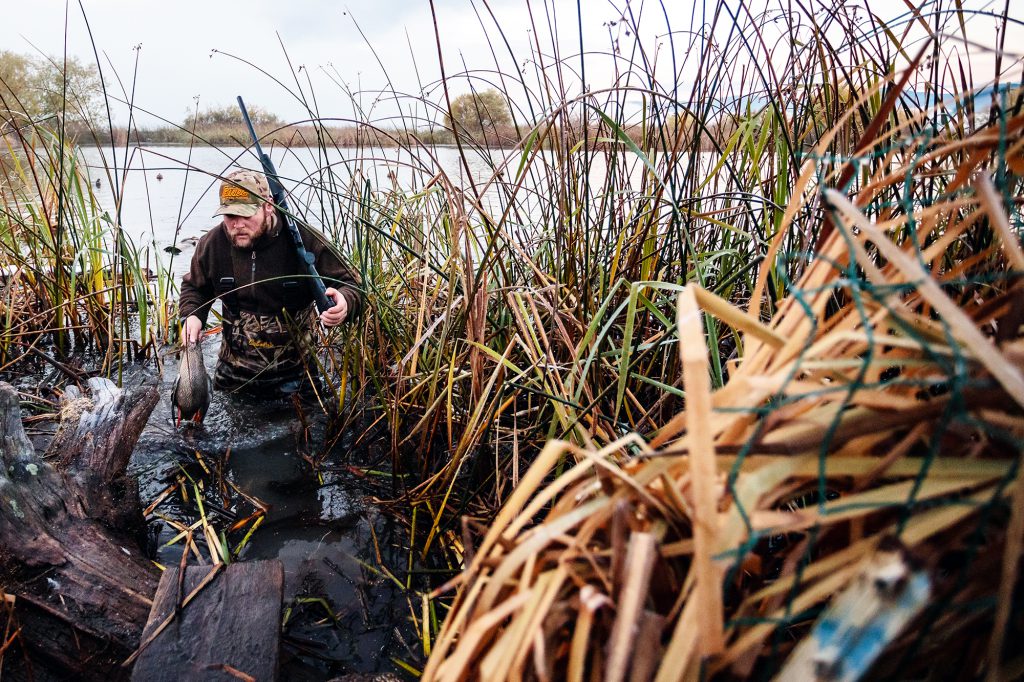
You’re going to find waders that go for $800 or even $1000, but you don’t have to spend a ton of money to get a good pair. There are lots of solid chest wader options around the $300 mark. They will last for years if you keep them stored in a temperature-controlled environment out of direct sunlight.
A Waterfowling Shotgun
You should choose a pump-action or semi-automatic shotgun as a waterfowl gun for two reasons: They have a capacity greater than two rounds, and they’re both easier to reload in a blind than a break action. I say this as someone who loves shooting break actions at upland birds and targets.
Reliability is a waterfowl gun’s most important trait. Pick a 12-gauge gun with a 3-inch chamber paired with a Light Modified or Modified choke and you’ll be covered for almost any waterfowl-hunting situation. These days, 20-gauge guns are trendy, but the 12 remains the standard.
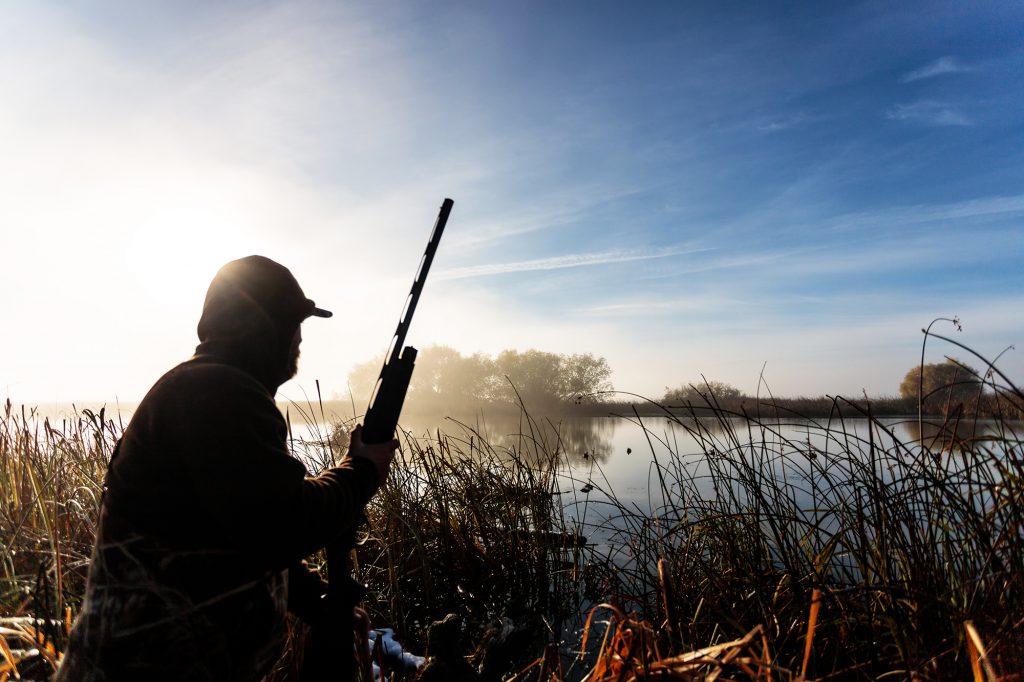
Waterfowl Ammunition
Waterfowl loads must be non-toxic to protect ducks and geese that ingest pellets they come across as grit for their gizzards. You can choose steel, bismuth, or tungsten shot. Or you can get blended loads that combine steel with a pricier non-toxic shot material.
Steel is the worst choice ballistically, but it’s by far the most affordable choice. And modern steel loads kill birds farther out than most people can effectively shoot. Keep it simple: Shoot 1 1/4 ounces of steel No. 2 or No. 3 shot at ducks, or 1 1/4 ounces of BBs at geese. Stick with moderate velocities of 1400 to 1500 fps.
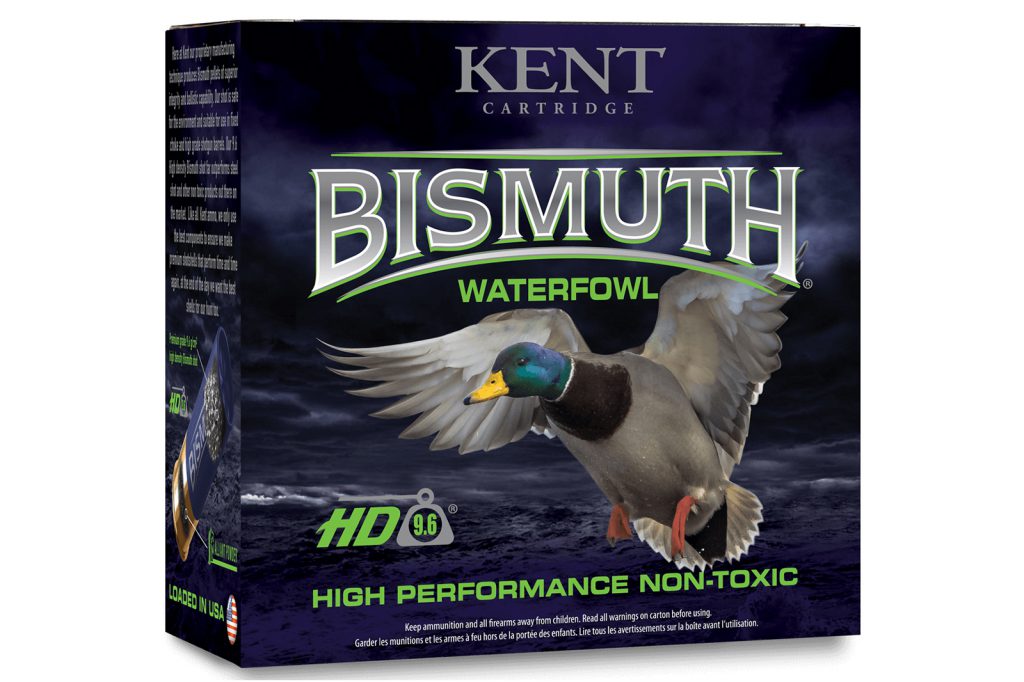
Decoy Spreads
You can start hunting with as few as a dozen duck decoys. They should be mallard decoys, which will work on any small water species, and you’ll pay about $100 for 12. You will also need weights and line to keep them from floating away. Splurge on wire-cable Texas rigs. I’m not going to explain what they are; I’m just telling you to get them (see the video below).
Geese will come to as few as four or five floaters on a small pond. A good all-around marsh or pond rig consists of a dozen mallard and four geese decoys.
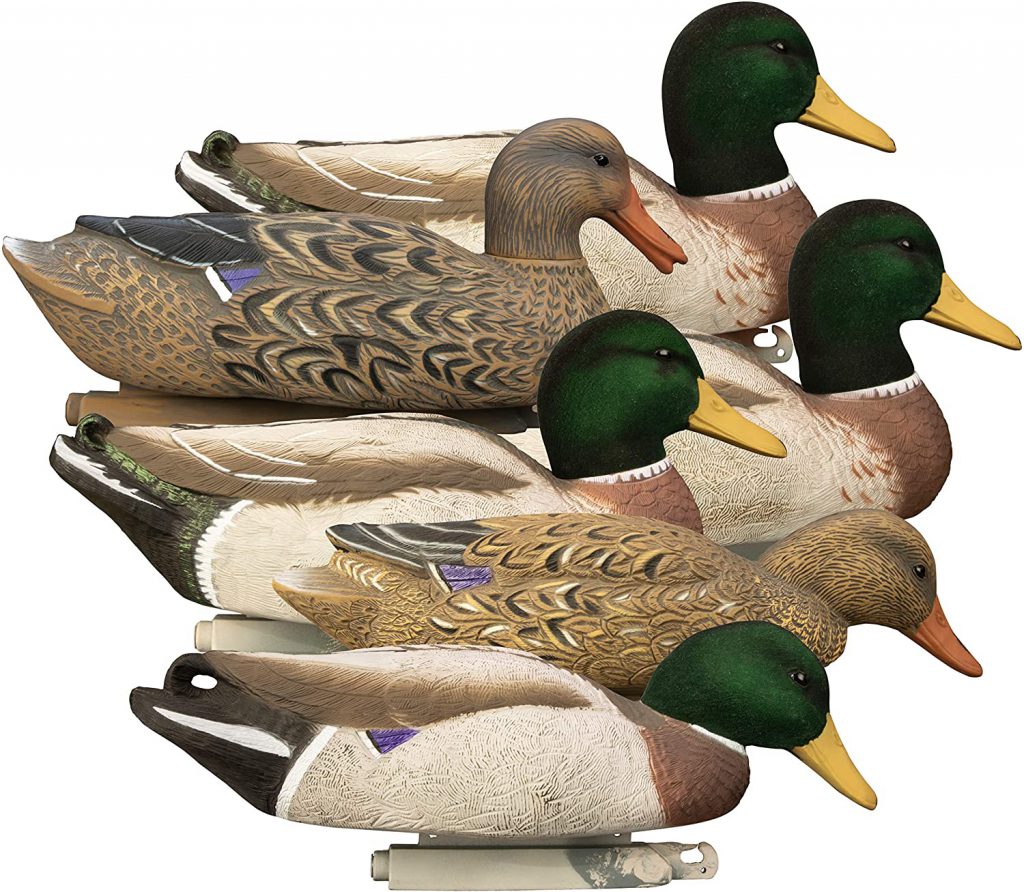
For hunting in dry fields (where most goose hunting takes place), you’ll want more decoys: say three or four dozen to start. Several manufacturers offer inexpensive and easy-to-store flat silhouette decoys that fool geese for about $70 a dozen. Also, in many places, you’ll find that the best duck decoy for fields is a goose decoy.
Dry-field duck hunts are the only situation in which I think motorized spinning-wing decoys are necessary.
Bags and Texas Decoy Rigs
You can skip a duck-decoy bag if you use Texas rigs. If you don’t use them, you’ll want a mesh bag that holds 12 to 18 duck floaters. Most manufacturers offer bags sized to fit their field goose decoys, and they are worth the investment.
Since we’re on the topic of bags: I like to bring a blind bag in which I keep extra gloves and hats as well as water, ammunition, and snacks. All those things can go in your pockets if you want to skip a bag.
Calls for Ducks and Geese
Start with three calls. The easiest duck call to blow is a double reed, as opposed to a single-reed call. A double reed has a built-in raspy sound to it. The Haydel DR-85 is the classic, cheap, ducky-sounding double-reed call, and it’s a great call to learn on. For some people, it’s the only call they ever need.
Goose calling is harder to pick up. The simplest way is to buy a flute call like the Big River Calls Long Honker Goose Flute. Flutes are easy to blow, but they are big and bulky, and people look at them as if they were bikes with training wheels. Ignore them and kill geese. Or you can find an easy short-reed call to learn. Zink Calls offers some good polycarbonate options for novice callers. Their C.O.D. (that stands for “Call of Death,” I’m afraid) is good for beginners.
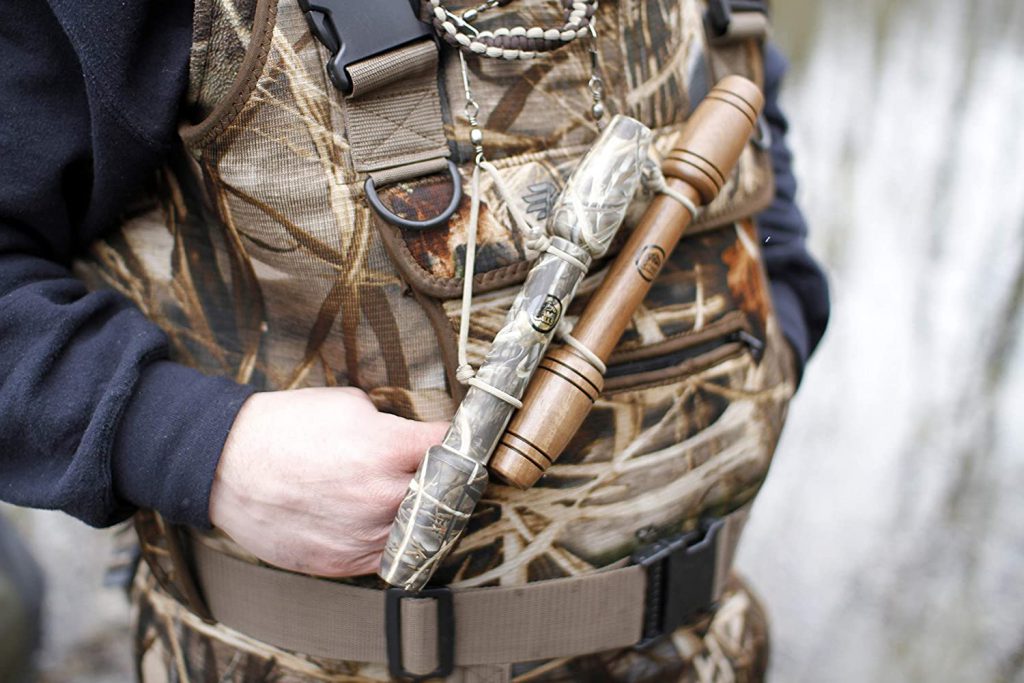
The third call you should buy is a whistle, which lets you call non-quacking ducks like pintails, mallard drakes, teal, wigeon, and so on. A whistle call is very easy to learn, and if nothing else, you can use it when you hunt with better callers by contributing a few quiet mallard-drake grunts to all their wailing.
Sitting and Hiding
You’ll need a place to sit, and you have to hide. A lot of ducks have been killed by people sitting on 5-gallon buckets hiding behind makeshift blinds fashioned from the surrounding foliage. A bucket filled with water for ballast works well as a seat in the water. A marsh seat, which is basically a stool with a sharp end that sticks in the mud, works well in both shallow water and tall vegetation.
A layout blind, or even just a backrest and a cover, make for a great way to hide from birds looking down on dry fields, ponds, and riverbanks. Layout blinds usually cost $200 to $300, whereas a simple backrest with a camo cover you pull over yourself sells for $80 to $150.
If lying flat isn’t possible, Tanglefree offers an intriguing one-person duck blind called the 360 Solo, which looks about perfect for a party of one when properly camouflaged with marsh grass.
Waterfowling 101
A Note About Ducks and Geese
There are many different kinds of ducks and geese. This is both part of waterfowling’s charm and part of its intimidation factor for new hunters. You must learn to identify ducks and geese to keep on the right side of the law. Try to learn as many ducks as you can. If you shoot a duck for which the limit is one, and you’re worried about shooting another, stop hunting for the day. Call it a win. Take your duck home and celebrate. You’ll learn.
The many species of ducks are divided into two main types: diving ducks and puddle ducks. As a beginning waterfowler, you will most likely be hunting puddle ducks, which prefer small waters easily accessible to walk-in hunters. That’s not to say you won’t shoot the odd diving duck (aka divers), but mostly for our purposes, we’re talking about puddle ducks (aka dabblers) like mallards, teal, pintails, wood ducks, and others. Divers, on the other hand, prefer big water and big decoy spreads. Start with puddle ducks.
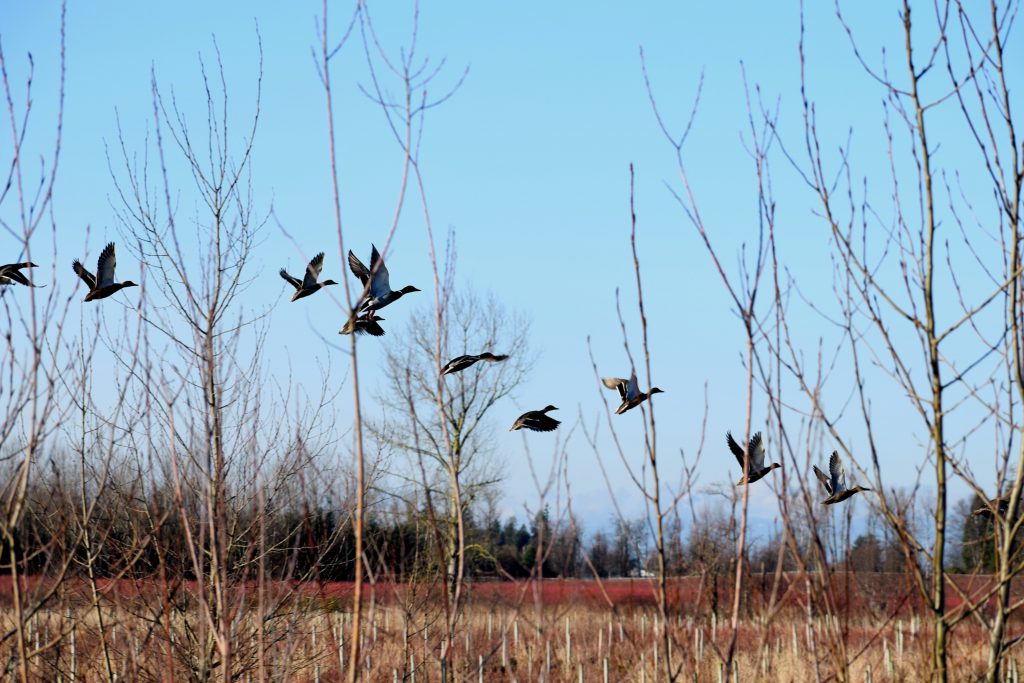
Geese come in three main flavors: Canada geese, snow geese, and specklebelly (white-fronted) geese. Not to be discouraging, but your chances of shooting snow geese by yourself, except as a random bird here and there, are slim. So, for now, just pretend they don’t exist and focus on the good news that a Canada or speck shoot is well within your reach. Snows are attainable, too, but that is one type of hunting that’s better when several hunters pool their gear.
There are four keys to waterfowling success, in this order:
Location
Location matters more than anything else in waterfowling. Find out where the birds are going and when, so you can get there before they do.
The best waterfowlers scout more than they hunt. Typically ducks and geese will fly around early, go out to feed, find someplace where they feel secure to loaf during the day, feed again in the afternoon, and fly to a roost pond at last light. There are exceptions, but that’s the general idea. If you watch the birds and learn their daily patterns, you’ve taken a huge step toward success. Once you find the birds, the rest is more about not screwing it up.
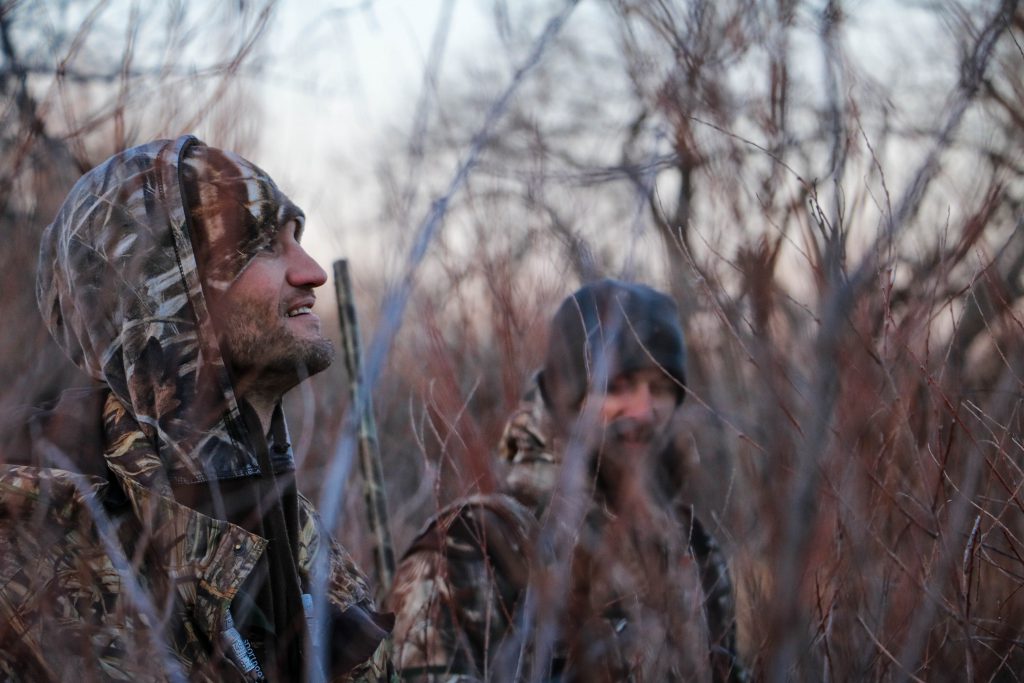
Hiding
There are some days, like migration days and during snowstorms, when you can stand up in the decoys and still not keep birds away. But those days are rare. Most of the time, hiding matters more than anything besides location.
Ducks and geese have the huge advantage of a bird’s-eye view of their surroundings. Sitting still in the weeds and wearing drab or camo clothes can be enough on sunny days when you can hide in the shadows. On overcast days and when you’re hunting ducks like mallards and pintails that tend to circle high, you will need something to hide you from birds overhead, hence my recommendation for some kind of portable blind in the gear section.
Decoy Placement
Decoys attract birds and make birds try to land where you want them to for a clean shot. I have heard decoys likened to landing lights on a runway, which is a good analogy.
Ducks and geese land into the wind. The ideal setup puts the wind directly behind you or quartering from behind you. Figure out where you want to take the shot, leave that hole open, and build your decoy spread around it. Leave the downwind side open.
Spread the decoys out enough so they don’t bump into one another or look like a tight, nervous bunch of birds. On land, the idea is the same. You can set decoys around your blind to help hide it while leaving a hole where you want to shoot.
If the wind changes or birds are landing outside the decoys or off to the side, don’t be afraid to rearrange the spread. Rearranging decoys is one of the great time-wasting pleasures of waterfowling, but be warned, rearranging someone else’s spread is bad form.
Calling Ducks and Geese
Depending on who you ask and where they hunt, calling is either the most or least important part of waterfowl hunting. If you’re hunting exactly where ducks or geese want to be, calling hardly matters. Your decoys and your location do the work. If, on the other hand, you’re set up on a flight line and trying to get birds bound elsewhere to come down for a look, calling matters a lot.
As you learn to call, the first struggle is learning to make ducky- or goosey-sounding notes. There are tons of good YouTube duck-calling tutorials, and there are real ducks and geese in parks you can learn from, too. Once you’ve learned a little of the vocabulary, it’s time to talk to the animals.
Don’t be afraid to call, but always remember the first rule of waterfowl calling: If they’re coming, shut up and let them come.
The second rule is a corollary to the first: Call to wingtips and tails, meaning call to birds that are crossing or going away, but not to birds coming at you (see the Location section).
Other than that, knock yourself out. It’s the only way you will learn.
What separates those of us who can make reasonably ducky and goosey noises from expert callers is that they have the experience to know how much to call, and they can read a bird’s reactions to their calling. Experience teaches that skill, and the only way to learn is to start calling and pay attention.
One Last Thought: Shooting and Off-Season Training
If you do everything else right, the actual shooting of waterfowl is easy. You’ll have ducks and geese floating into the decoys or hanging and backpedaling for a landing. If you’re hunting without a dog, those are the only shots you’ll want to take to minimize the number of birds you shoot and can’t recover.
Even if the shots are easy, you still need to make them, and it amazes me how many waterfowl hunters don’t shoot skeet or sporting clays in the off-season. A lot goes into getting to the point where you have ducks or geese hanging over your decoys, and you really should be able to make the shot and bring home dinner.
Read Next: Upland Hunting Starter Kit: The Gun, Boots, Vest, and Skills You Need

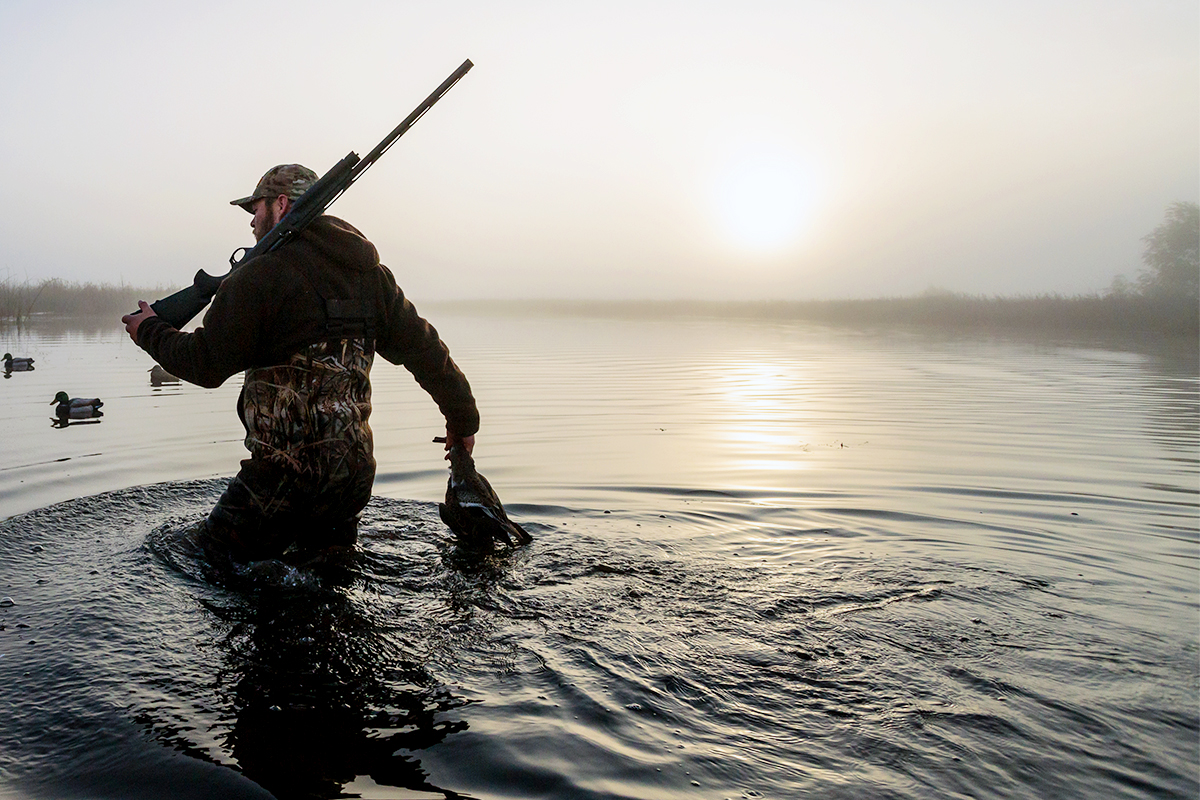
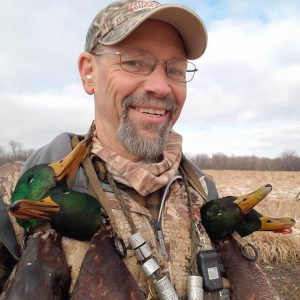
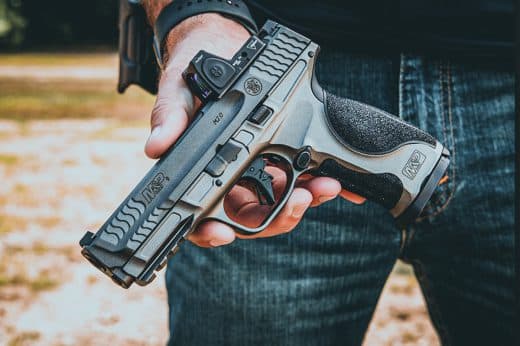
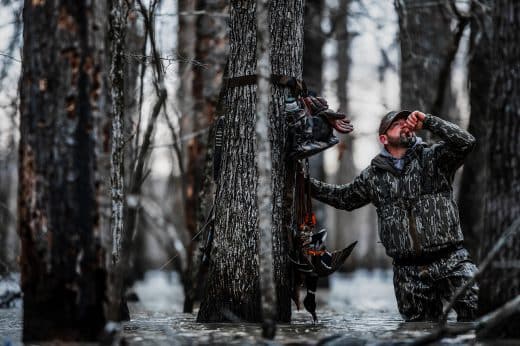
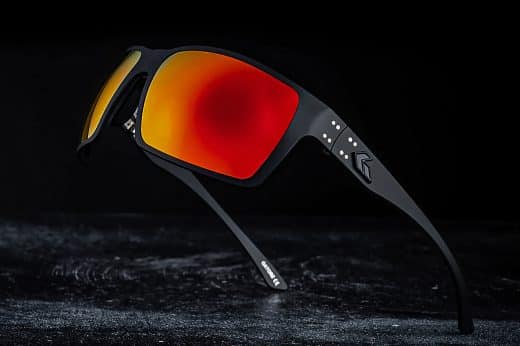


Eli Richardson says
It really helped when you talked about duck and geese hunting and what we’d need to get started. Recently, my cousin and I decided it’d be fun to try our luck with waterfowl hunting. We don’t know much about duck hunting, but we’re sure your article will help us out! Thanks for the advice on how to select the right gun for waterfowl hunting.
Phil Bourjaily says
I hope it helps. Good luck this season
Rachel Frampton says
My sister would like to go on duck hunting because this seems like a fun activity. Anyhow, we’ll keep in mind to observe the duck’s moves. We’ll also make sure to invest in the right gears just like what you suggested.